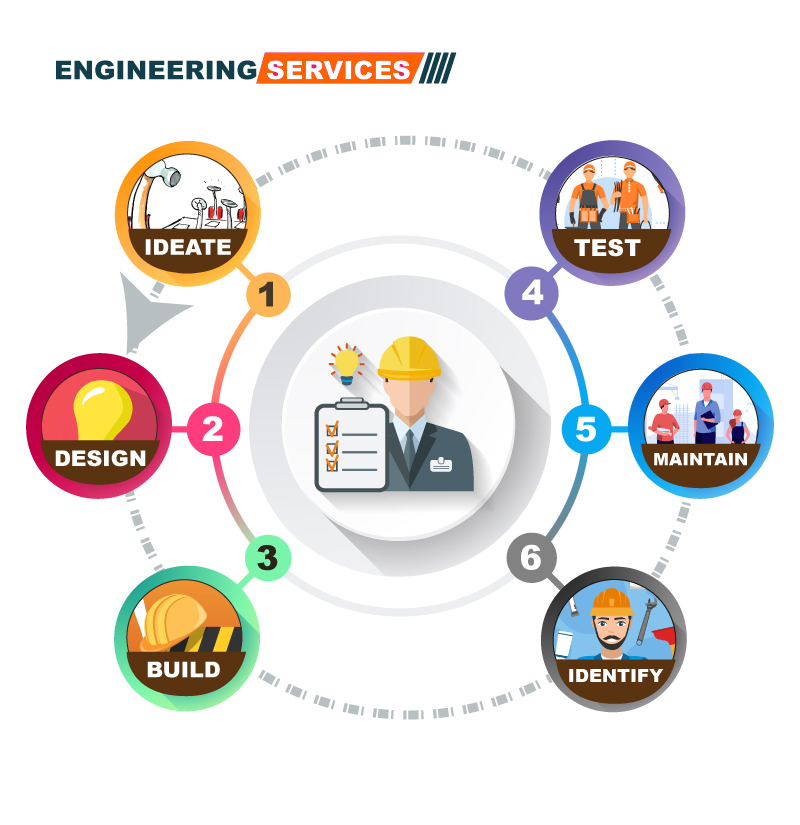Streamline Your Workflow with Specialist Engineering Support Services: Laying Out Engineer, Measured Structure Surveying, and Extra
Streamline Your Workflow with Specialist Engineering Support Services: Laying Out Engineer, Measured Structure Surveying, and Extra
Blog Article
Maximizing Resource Appropriation Through Strategic Checking Practices
In the world of critical source allowance, the technique of evaluating stands as an essential tool for companies intending to enhance their efficiency and influence. By systematically accumulating information and understandings, calculated evaluating practices supply a roadmap for informed decision-making and resource distribution.
Relevance of Strategic Checking Practices
Strategic surveying techniques play a vital function in establishing the reliable allotment of resources within organizations. By performing calculated surveys, business can collect useful data and understandings that aid in making educated decisions concerning the allotment of resources such as workforce, budget, and time. These methods provide a structured method to understanding the present state of the company, determining locations for renovation, and aligning sources with tactical objectives.
One crucial importance of calculated surveying techniques is that they aid companies prioritize their efforts based on real-time responses from stakeholders. This makes certain that sources are directed in the direction of tasks or activities that have the greatest influence on achieving organizational purposes. Furthermore, calculated surveys enable firms to adjust to transforming market problems, consumer choices, and interior capabilities by continually checking and evaluating resource allowance approaches.
Celebration Insights From Stakeholders
Including responses from stakeholders is vital for organizations carrying out tactical evaluating methods to successfully assign resources and drive decision-making processes. Stakeholders, including employees, clients, vendors, and community members, hold important insights that can dramatically affect the success of calculated campaigns. Engineering surveys. Engaging with stakeholders via studies, interviews, focus groups, and feedback sessions enables companies to acquire a deeper understanding of their preferences, worries, and demands
By gathering insights from stakeholders, organizations can recognize essential locations for renovation, prioritize resource allocation based upon real requirements, and align calculated goals with stakeholder expectations. Involving stakeholders in the decision-making procedure cultivates a sense of ownership and dedication, leading to boosted buy-in and assistance for strategic campaigns.
In addition, stakeholders typically provide distinct perspectives and ingenious ideas that might not have been considered inside. By actively listening to and integrating stakeholder feedback, companies can boost their tactical surveying practices, make even more enlightened choices, and ultimately achieve better outcomes.
Utilizing Data-Driven Approaches
Making use of data-driven methods is paramount for organizations looking for to enhance the performance of their source allowance methods and decision-making procedures. By leveraging information analytics and progressed modern technologies, organizations can remove important insights to optimize resource allowance, identify fads, and make informed choices. Data-driven strategies make it possible for companies to allocate resources based upon empirical evidence rather than intuition, causing more efficient and effective outcomes.

In addition, companies can employ predictive analytics to anticipate future source requirements and designate sources proactively. Engineering surveys. By leveraging historical data and pattern analysis, companies can expect need variations and readjust their resource appropriation approaches accordingly. Overall, accepting data-driven approaches empowers companies to make well-informed decisions that take full advantage of source allotment effectiveness and drive lasting growth
Identifying Locations for Enhancement
Identifying areas for improvement is an essential action in the procedure of taking full advantage of resource allocation. By acknowledging where bottlenecks or inefficiencies exist within the organization, decision-makers can direct sources in the direction of dealing with these particular areas.
One efficient approach for determining areas for improvement is carrying out regular performance assessments throughout different divisions or features. Via these assessments, companies can gather useful understandings right into areas that require interest or restructuring. Additionally, seeking comments from employees in all degrees of the company can offer a distinct viewpoint on prospective locations for improvement.
In addition, making use of devices such as procedure mapping, SWOT evaluation, and benchmarking can assist in identifying areas for renovation by highlighting toughness, weaknesses, opportunities, and risks within the company. By methodically taking a look at these elements, organizations can create a detailed understanding of where resources ought to be allocated to drive performance and efficiency.
Practical Tips for Implementation

Conclusion
In verdict, tactical surveying methods play a crucial duty in making the most of source allowance by collecting insights from stakeholders, making use of data-driven techniques, and determining locations for enhancement. Executing sensible ideas for reliable surveying can bring about more enlightened decision-making and optimized source allocation approaches. By prioritizing strategic checking techniques, organizations can make certain that resources are allocated efficiently and successfully to meet their objectives and goals.
In the realm of strategic resource allowance, the technique of surveying stands as a crucial device for organizations aiming to enhance their effectiveness and effect.Strategic evaluating techniques play a critical role in figuring out the efficient allowance of sources within organizations.Incorporating comments from stakeholders is crucial for organizations carrying out strategic evaluating practices to properly allot resources and drive decision-making procedures.Furthermore, organizations can use predictive analytics to forecast future resource check this needs and allocate sources proactively. By focusing on tactical evaluating techniques, organizations can make sure that sources are alloted efficiently and properly to meet their objectives and goals.
Report this page